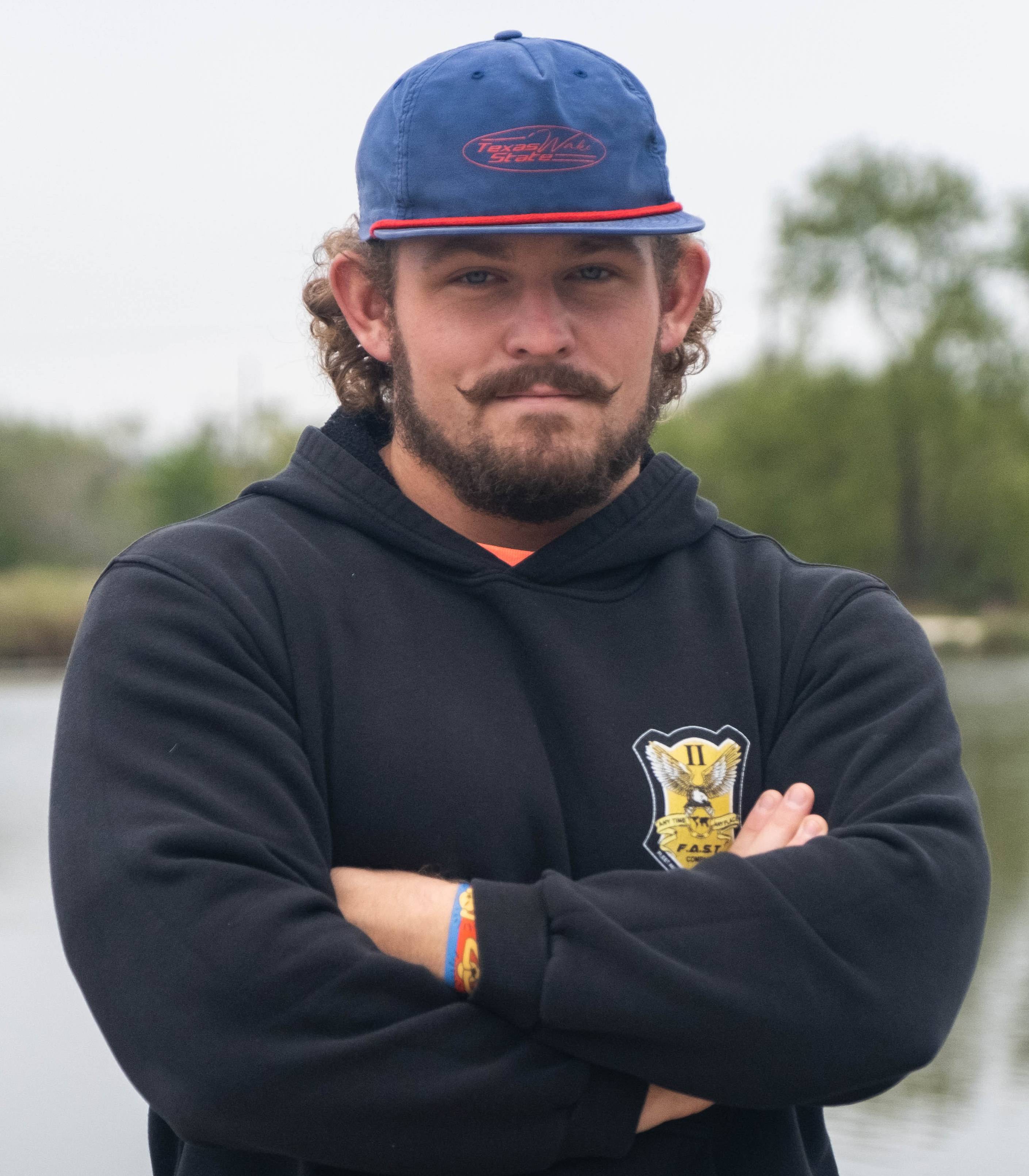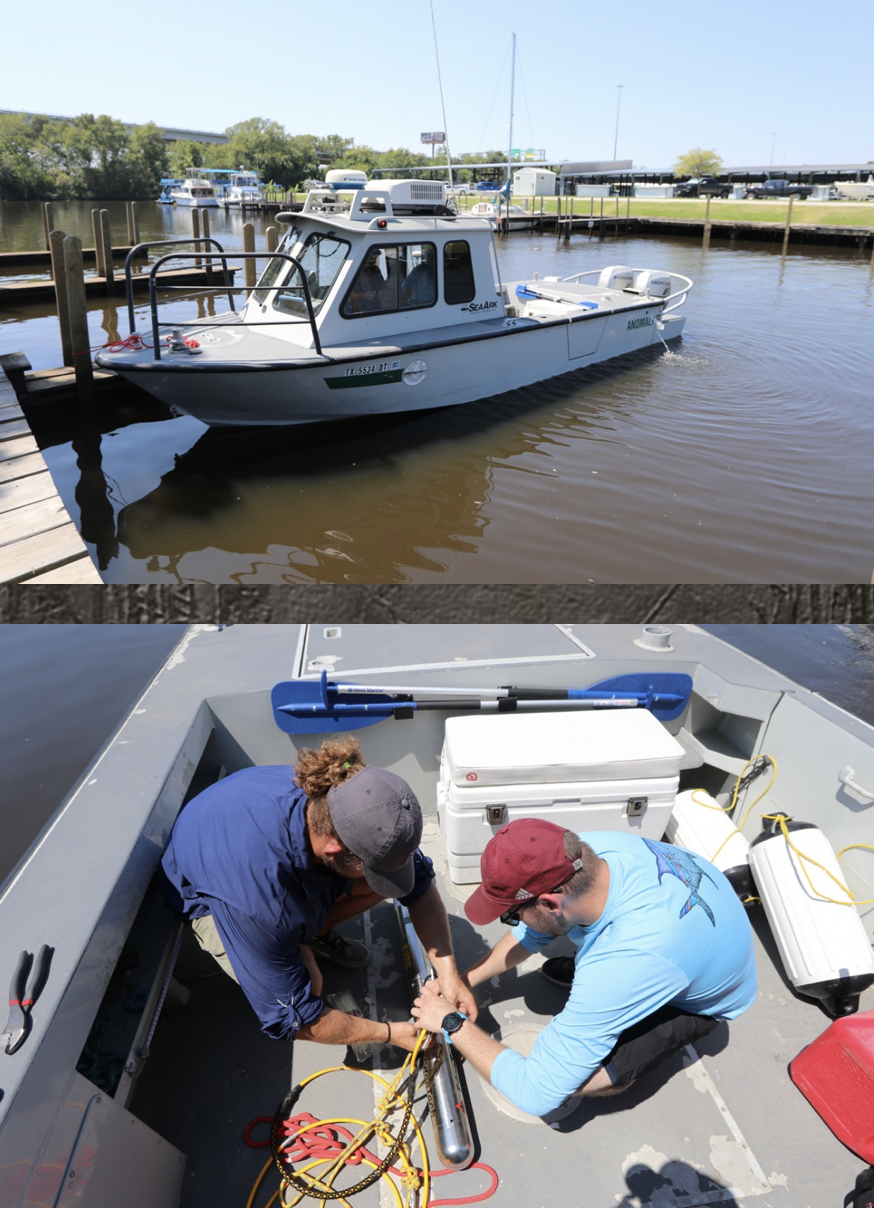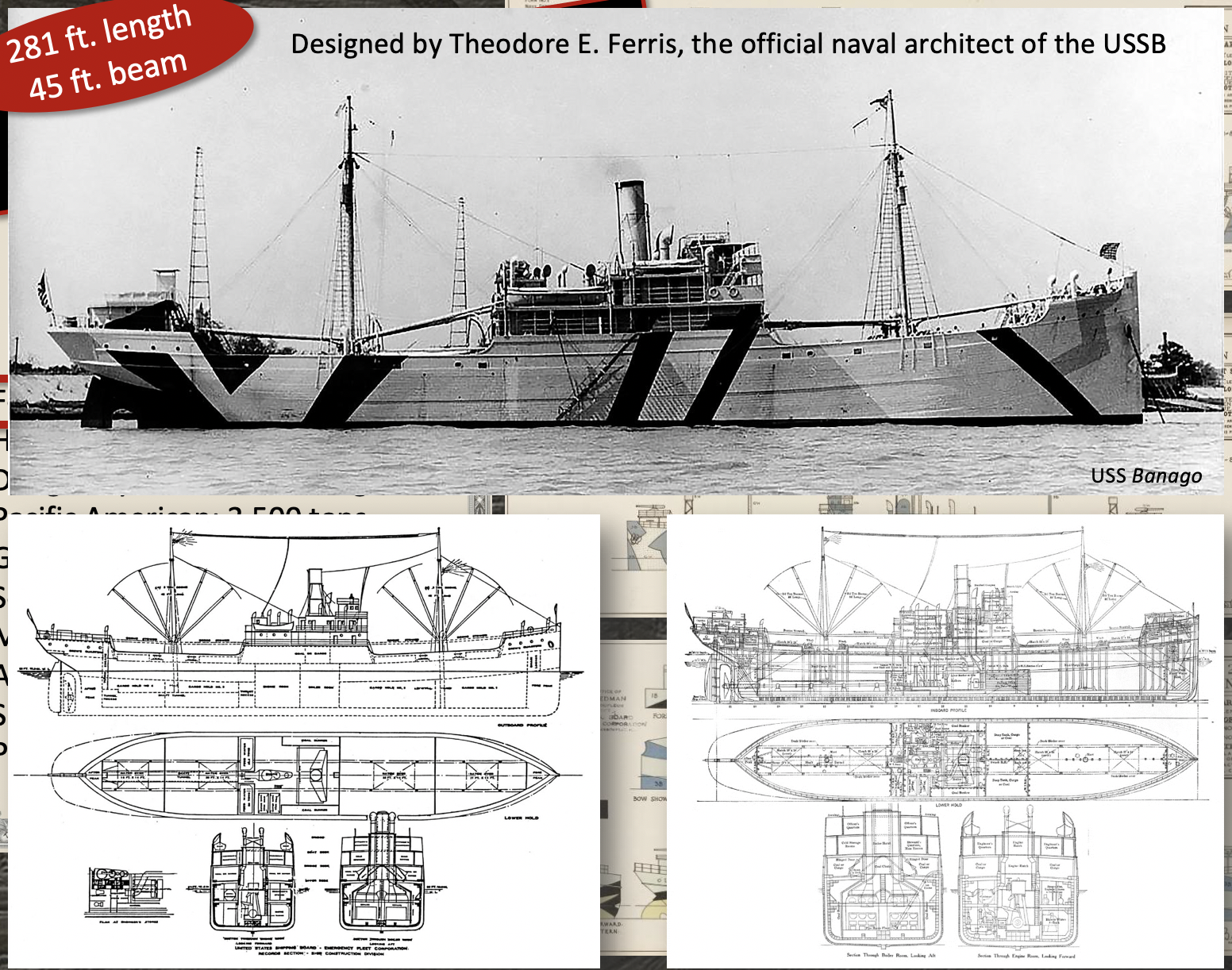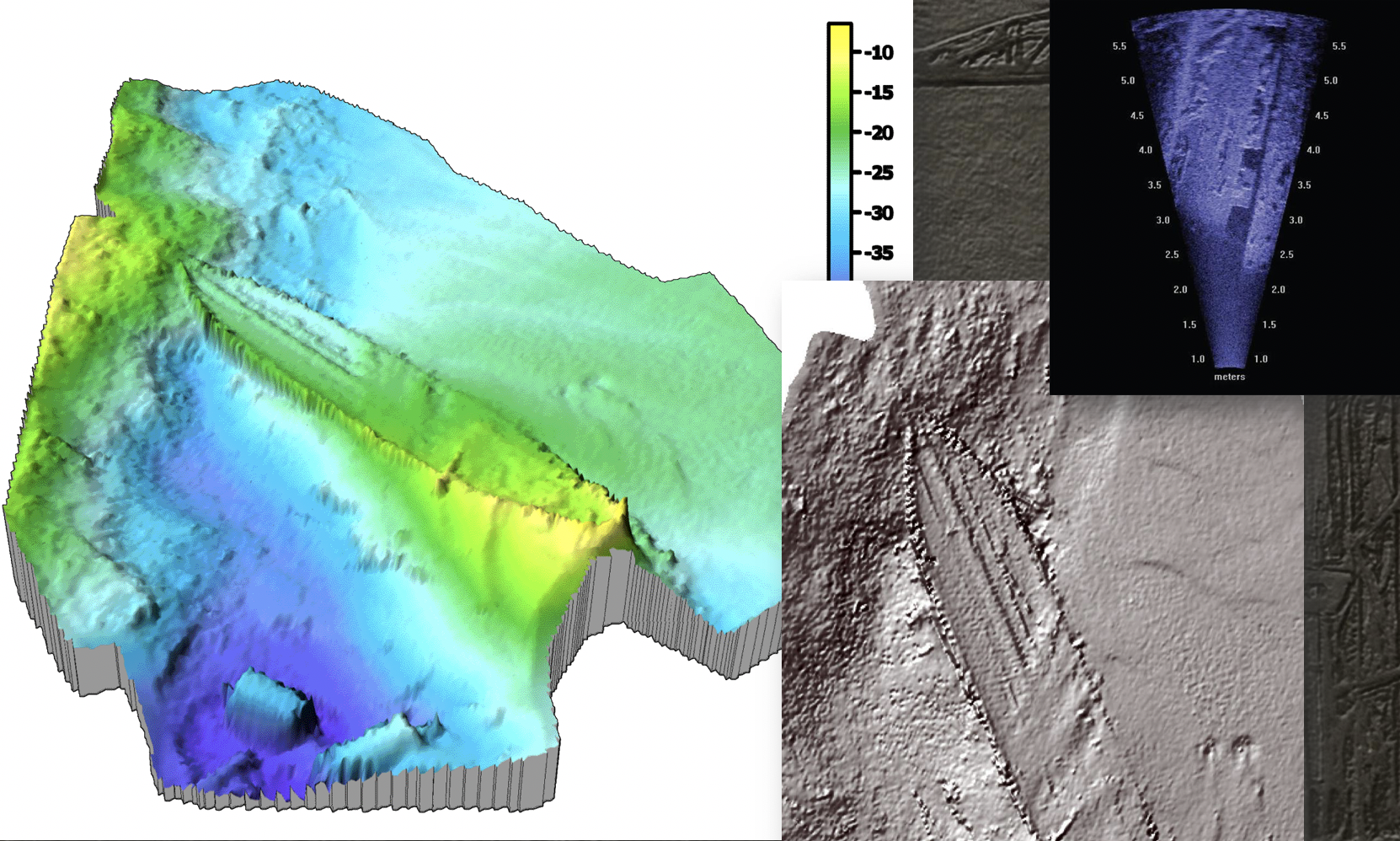Texas State Student Discovers World War I Ships
Jacob Sommers | December 10, 2019


Texas State anthropolgy student Clayton Eppler recently assisted Amy Borgens, the State Marine Archeologist of Texas, in a project that located and validated the quantity of Emergency Fleet Corporation (EFC) shipwrecks for the purpose of protecting the shipwrecks under Texas law as archaeological sites.
Eppler was personally selected by Borgens for her project because of the numerous recommendations he received as well as the strong rapport he built working at Texas State’s Center for Archaeological Studies (CAS).
For a little more than a year, Eppler has been curating artifacts alongside the Artifacts Curation Manager Amy Reid at Texas State University as a part of the veteran's curation program. He immersed himself in his work studying archaeology collections and soon he was able to easily pick out prehistoric artifacts and debitage at various dig sites. Eppler's skill for lithic analysis was recognized by his project manager and soon he was offered a paid position doing cultural resource management at Texas State’s CAS.
“At the Center for Archaeological Studies, I was able to study a lot of collections and ask questions, which helped me build up a strong knowledge base for archaeological sites and artifacts,” Eppler said. “I started going to dig sites and was immediately able to pick out and identify artifacts.”
Eppler’s extreme passion for underwater archaeology was noted by his colleagues at the Center for Archaeological Studies and he was put into contact with Amy Borgens who hand-selected him to take part in her Emergency Fleet Corporation shipwreck project.
The Emergency Fleet Corporation was established in 1918 by the United States Shipping Board. The purpose of the corporation was to maintain and operate merchant ships for national defense and foreign and domestic commerce during WWI. During its inception, there were 24 shipyards capable of constructing ships to the EFC standards. A little less than a year later 130 shipyards were in operation, and the division, as a whole, was producing one operational EFC steamship per day.

By Armistice Day, November 11th, 1918, the EFC had completed the production of 589 ships. No longer needed for wartime efforts, most of these ships were put up for sale to the public. Despite being listed for 1/4th of their original value, few of them sold due to their outdated use of materials and design. Most of the now useless 281 foot ships left along Texas riverbanks, were burned and abandoned, leaving about 10 feet of the massive ship’s base sunk and preserved into the mud.
EFC shipwrecks from World War I account for 58% of all 20th-century shipwrecks in Texas and one-third of all Texas underwater archaeological sites.
“The two collections of the abandoned WWI shipwrecks in the Neches and Sabine Rivers constitute one of the largest WWI EFC abandonment sites in the nation,” Borgens said. “The THC can try to nominate these archaeological sites as State Antiquities Landmarks or (at the national level) to the National Register of Historic Places and/or as a National Historic District.”
The objective of Borgens’ EFC project was to locate and identify EFC shipwrecks as well as locate other shipwrecks not related to the EFC. Once located, the shipwrecks will be sanctioned as archaeological sites protected by state laws.
“The official goal of the project was to confirm the World War I Emergency Fleet Corporation shipwrecks in the area and shown in a Texas General Land Office 1938 historic aerial photograph and satellite imagery,” Borgens said. “Though the main focus was on World War I shipwrecks, it was important to locate any other sunken vessels in the river within our survey area.”
The small team of Amy Borgens, Texas State’s Clayton Eppler and Texas A&M grad student Sam Cuellar was able to locate these sites using a 25 foot Texas Historical Commission's survey vessel named The Anomaly II. The survey vessel housed a Hypak Navigation Software and a 4125 Edgetech Side-Scan Sonar that had the ability to survey bank-to-bank of the river.

“Clayton assisted in preparing and deploying the remote-sensing survey equipment and launching and driving the THC 25-ft. survey vessel Anomaly II,” Borgens said. “He was just all-around helpful with the boat in general.”
The team had previous knowledge of where some of the shipwrecks might be located thanks to aerial photos taken in 1938 and satellite imagery from 1989. Thanks to advanced technology and research methods, they were able to locate 31 shipwrecks total, four of them went previously undiscovered due to being submerged in water, making the project a giant success.
“We used historic aerial imagery from 1938 to see all of these burned and wrecked ships along the shoreline,” Eppler said. “Thanks to the advanced technology on the Anomaly II, we were actually able to find four more shipwrecks that were not accounted for by the historic photos or any other reports.”
Thanks to the work of Eppler and Borgens, more data was collected on this site than any other WWI shipwreck in the state of Texas including side-scan sonar, sector-scan sonar, multi-beam sonar, didson acoustic data, magnetic data and video.
Share this article
For more information, contact University Communications:Jayme Blaschke, 512-245-2555 Sandy Pantlik, 512-245-2922 |


